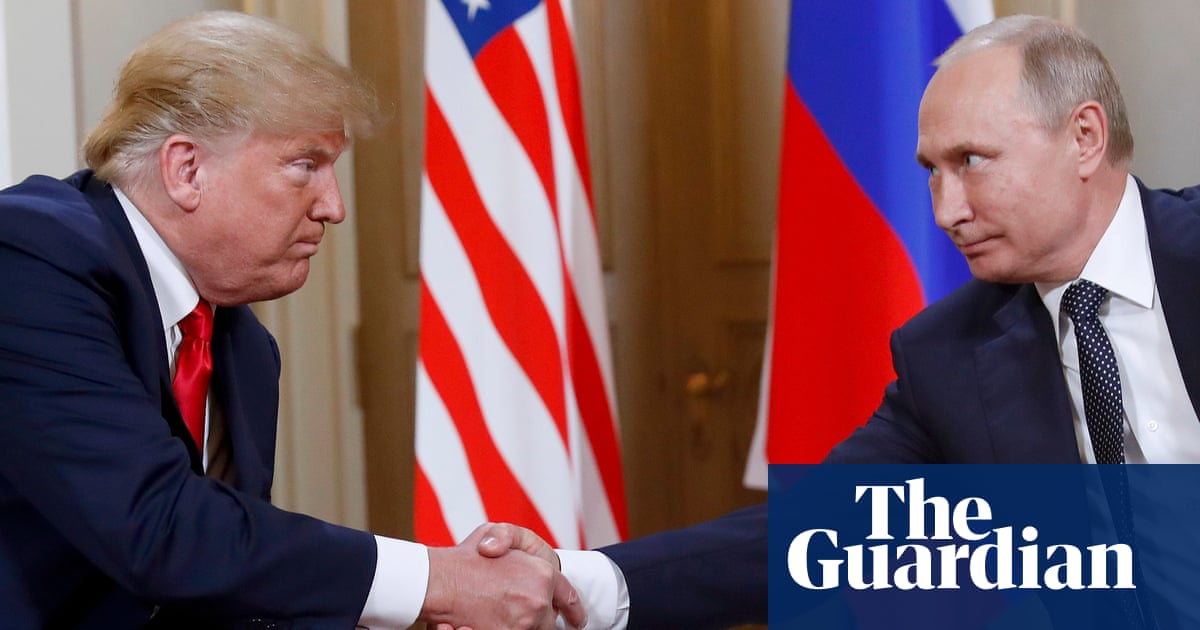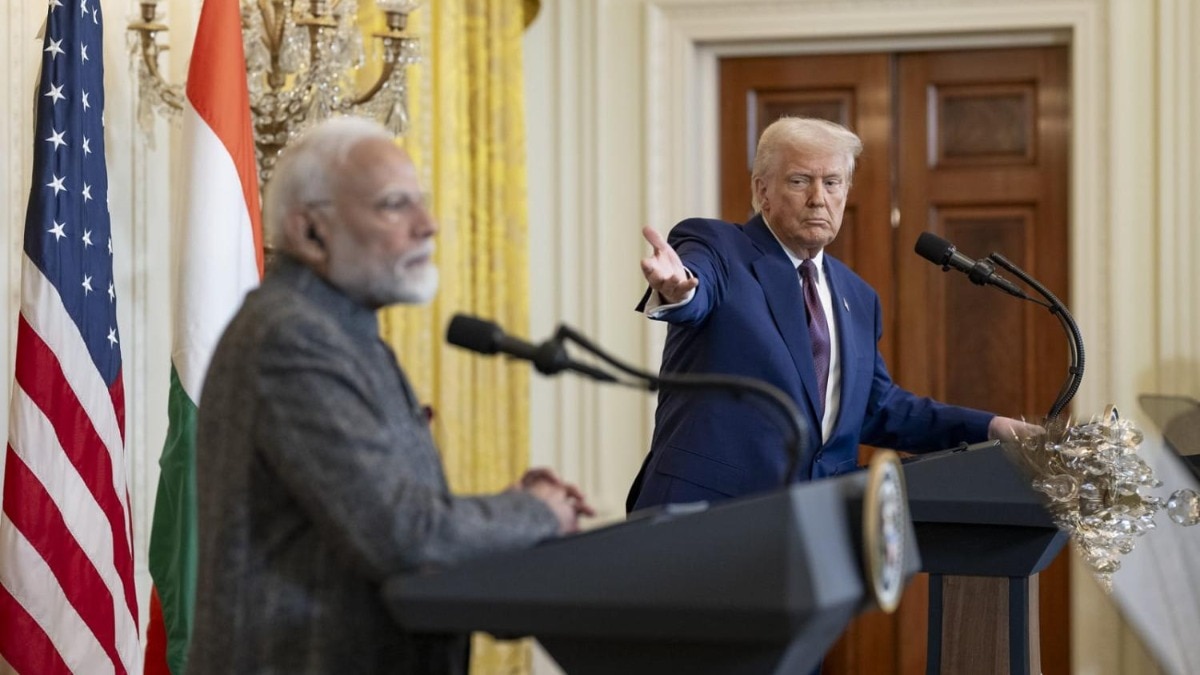Will Putin Really Make a Territorial Demand in Alaska? The Shocking Truth Revealed!

Imagine Vladimir Putin, the face of Russian power, flying into Alaska to hand Donald Trump a seemingly ridiculous demand about the 49th state – a region sold to the US for a mere $7.2 million in 1867! However, the reality is much more complex than that fantasy scenario. The Russian president appears more focused on a different land deal, one that could transform the ongoing conflict in Ukraine, rather than claiming Alaska.
Putin’s top foreign affairs adviser, Yuri Ushakov, described Alaska as an ‘entirely logical’ venue for a summit between the two leaders. But really? It’s hard to see how a mere hop across the Bering Strait, with a staggering 55-mile gap, could translate into a simple meeting. While the distance may seem short, the reality is that a flight from Moscow to Anchorage is about nine hours long, and for Trump in Air Force One, it’s nearly an eight-hour trek from Washington DC. Alaska itself is a location of mutual inconvenience, suggesting that deeper, perhaps more strategic factors are in play.
Let’s consider the location: Alaska is far removed from the ongoing crisis in Ukraine and would push the voices of both Ukraine and its European allies into the background of this high-stakes dialogue. Although Trump has hinted at the idea of allowing Ukraine’s President Volodymyr Zelenskyy to attend, the likelihood of Putin embracing this idea seems slim. The Russian leader is more interested in direct conversations with Trump regarding sanctions, trade, and NATO's influence rather than Ukraine’s fate.
Furthermore, Alaska offers Putin a semblance of safety. Accused of war crimes for his actions in Ukraine, particularly concerning the deportation of children, Putin is under an arrest warrant from the International Criminal Court. Yet, both Russia and the US conveniently ignore this court’s legitimacy. Not to mention, traveling through Russian airspace to Alaska avoids any prospect of run-ins with adversarial nations, allowing for a low-risk, low-profile trip around the Arctic.
This isn't the first time high-profile summits have had chilly backdrops. The 2018 Helsinki meeting, where Trump controversially sided with Putin over his own intelligence agencies regarding election interference, comes to mind. Memories of the Cold War evoke the Reykjavik summit of 1986, where Reagan and Gorbachev nearly reached an agreement on nuclear disarmament but ultimately fell short. The 1990s saw more amicable meetings between Bill Clinton and Boris Yeltsin, showcasing a time of relative cooperation.
Today, however, notions of nuclear disarmament and G8 collaboration feel like relics of a bygone era, as the group has reverted to the G7. The anticipated Alaska meeting would represent only the fourth US-Russia summit since 2010. While the discussions could potentially lead to a ceasefire in Ukraine, any optimism seems misplaced amidst the ongoing violence, with Russian bombs relentlessly targeting Ukrainian cities in an effort to assert dominance over its democratic neighbor.




























